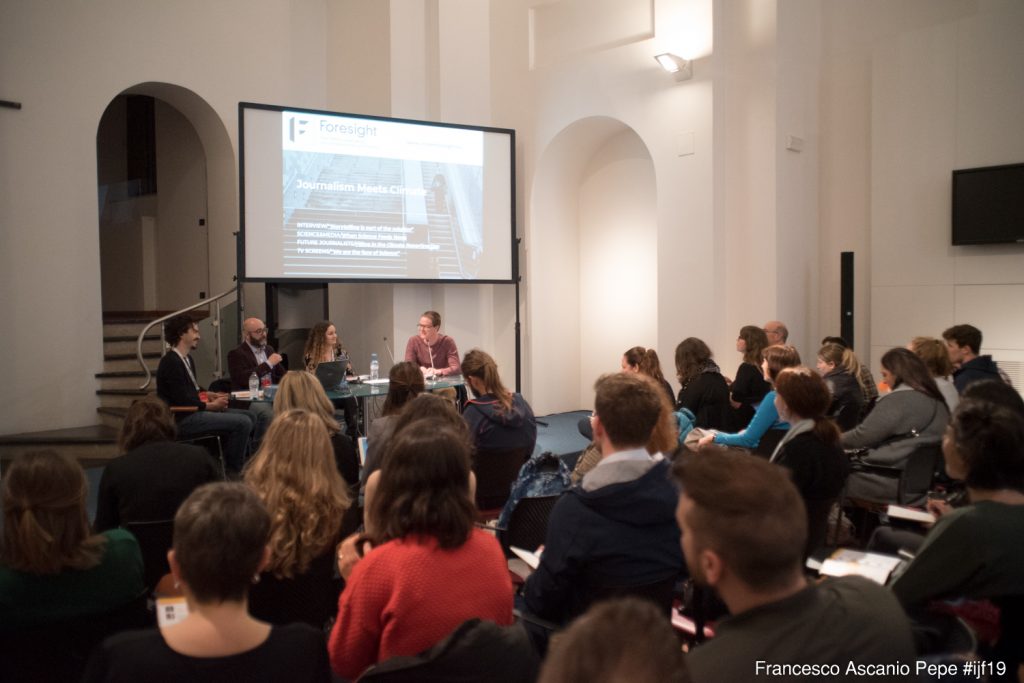Stay up to date by subscribing to our Newsletter or by following our Telegram channel, and join the conversation on Facebook, Twitter, and Instagram.
Edited by Marco Nurra
Exposing Malta’s dark side. In December 2019, Malta’s PM Joseph Muscat resigned, driven from office by the constitutional and political crisis triggered by the murder of the investigative journalist Daphne Caruana Galizia. But ‘Daphne’s story is far from over’.
Covering an epidemic is like covering conflict: Why science reporters should be trained like war correspondents. “Science writers are being dropped into these hot zones with a notebook and a deadline”, writes Seema Yasmin.
Amnesty International: Somali journalists suffer killings, attacks and threats. Attacks on Somali journalists are rising: media workers are being hounded by parties on all sides of the conflict, making it one of Africa’s most dangerous places for reporters.
How independent journalists in Latin America are finding new ways to hold power to account. Despite social turmoil, financial woes, and repressive regimes, Latin American reporters are keeping journalism alive.
How one Kashmiri magazine survived a press crackdown. The Kashmir Walla began as a blog in 2009, when Shah was still at university. A few years later it had grown into a full-fledged magazine; its current staff numbers fourteen. It covers sensitive political topics such as protests, armed conflict, and the censorship of dissidents, as well as local stories about power cuts, entertainment, and Kashmir’s youngest rugby coach.
Climate coverage that engages audiences without overwhelming them. Using infrared photography, virtual reality, and other reporting techniques to make visible the unseen causes of the climate crisis.
Americans of all political stripes expect 2020’s fake news to be biased against their side. It’s not just the real news media partisans think is rooting for the other team — it’s the fake news media too.
The New York Times’s success lays bare the media’s disastrous state. Last week, the New York Times emerged from its period of digital transition as a financially stronger, editorially robust organisation. It hit its very ambitious target of earning $800m per annum through digital revenues 12 months early and its share price rose to a 15-year high. The newsroom is at a historic high level of 1,700 journalists.
The Wall Street Journal joins The New York Times in the 2 million digital subscriber club. Will the Journal and The Washington Post be able to catch up to the market leader going forward?
The International Journalism Festival #ijf19 On-Demand
Every week, one recommendation from the extensive programme of the last edition of the International Journalism Festival.

Today we are inviting you to watch “Don’t think of a polar bear: media, news and the future of climate change“. It is here and now. The climate is changing and is changing for everybody: for the environment, for economics, for the people. The political debate, even when someone denies it, cannot avoid dealing with climate-related issues. Because the climate is changing everywhere, in diverse ways, with diverse consequences for diverse sectors and regions. It is part of our everyday life. The media ecosystem is facing a big challenge that requires journalists to hold together many different issues in the same story: to be compelling for people, to maintain the reliability of the scientific information, to find the right frame to tell how such a complicated issue is relevant in public opinion.

